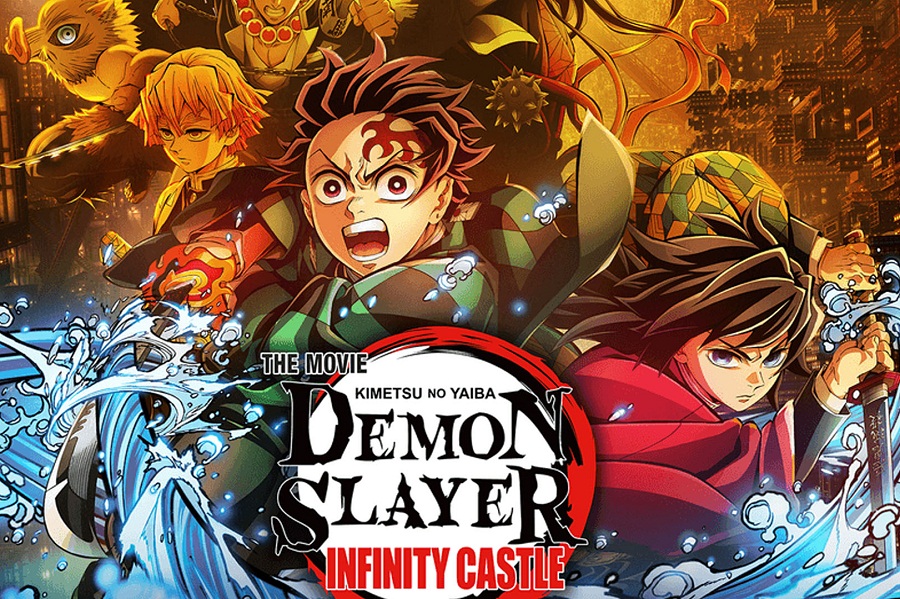
Published :
Updated :

When Demon Slayer: Kimetsu no Yaiba first aired in 2019, few could have predicted it would become one of the most successful anime franchises ever. Adapted from Koyoharu Gotouge's bestselling manga, the series has changed from a popular shonen story into a global cultural phenomenon, breaking box office records, winning awards, and captivating fans around the world.
The story begins in the snow-covered mountains. There is a young boy named Tanjiro Kamado who returns home to find his family slaughtered by a demon, and the only survivor is his younger sister, Nezuko, who is transformed into a demon.
He joins the Demon Slayer Corps in the hopes of turning Nezuko human again and defeating the demon king Muzan Kibutsuji.
The show's story follows the classic hero's journey, and Demon Slayer stands out with emotional depth and characters that are well-written and developed for a larger audience.
Every member of the Demon Slayer Corps carries their trauma within. It is motivating, which makes even the side characters compelling.
The show is a blend of heartfelt moments, intense action, and humour, which helped to catch viewers from all backgrounds. However, some fans argue that Tanjiro's compassion, while admirable, can make him seem almost too flawless.
Nezuko, despite being a fan favourite, often acts more as a symbol than a fully active character. Critics have noted that many demons' backstories, shown just before they die, seem formulaic. The pattern is well-known: a tragic human past, a fall into a demon, and a last moment of regret. It's moving the first few times, but it can become predictable.
Visually, the series redefined expectations. Ufotable Studio combines traditional 2D art with smooth CGI. The "Water Breathing" techniques, the fiery "HinokamiKagura," and the vivid landscapes of the Infinity Castle are animated like living paintings. This careful attention to detail has set new standards in the industry.
The franchise has gained significant success. The 2020 film Demon Slayer: Mugen Train became Japan's highest-grossing film ever, earning 501 million USD, even surpassing Spirited Away.
Internationally, it dominated box offices despite pandemic restrictions. The series has also sparked a jump in merchandise, cosplay, and tourism to places resembling its settings.
For all its innovation in visuals, Demon Slayer closely follows shonen structure. A goal-driven protagonist, a small team, escalating battles, and power-ups revealed in critical moments are familiar patterns for fans of Naruto, Bleach, or My Hero Academia.
That's not necessarily bad. It helps make the story accessible. But the question remains whether Demon Slayer is rewriting the genre or simply perfecting the formula?
However, the series's pacing, emotional impact, and stunning fight choreography are keeping its audiences engaged. It doesn't try to be complex and challenging to understand.
It's a story that's easy to follow but rewards viewers with emotional highs. The bond between Tanjiro and Nezuko remains the heart of the series. Every battle, every journey, and every moment of triumph or loss connects back to that bond.
In the end, Demon Slayer shows both technical skill and a heartfelt story. Its blend of tragedy, resilience, and visual art has already established it in anime history. Whether the final act develops its story or reinforces its elements, the journey of Tanjiro and Nezuko has made a lasting impact on the genre's legacy.
malihatasnim02215@gmail.com


 For all latest news, follow The Financial Express Google News channel.
For all latest news, follow The Financial Express Google News channel.